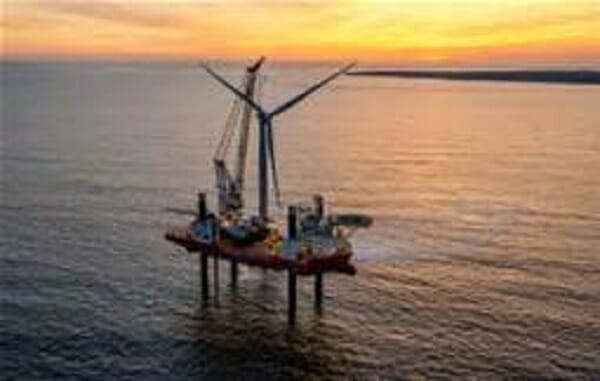E – 1606 DOE: National Offshore Wind Energy Strategy
$125.00
Courses Included
This course is based on the DOE’s updated national strategy, to facilitate the responsible development of offshore wind energy in the US. In doing so, the DOE and joint agencies accounted for progress made since the last national offshore wind strategy released in 2011, and utilized significant input from the offshore wind community. This strategy highlights the gaps that need to be addressed by the offshore wind community as a whole, and provides a suite of actions that DOE and DOI are positioned to undertake to address these gaps and help the nation realize the benefits of offshore wind development.
Offshore wind energy holds the promise of significant environmental and economic benefits for the US. It is a source of abundant, low-carbon, domestic energy, located close to major coastal load centers, providing an alternative to long-distance transmission or development of electricity generation in these land-constrained regions. Once built, offshore wind farms could produce energy at low, long-term fixed costs, which can reduce electricity prices and improve energy security by providing a hedge against fossil fuel price volatility.
Realizing these benefits will require overcoming critical challenges in three strategic themes: 1) reducing the costs and technical risks associated with domestic offshore wind development, 2) supporting stewardship of U.S. waters by providing regulatory certainty and understanding and mitigating environmental risks of offshore wind development, and 3) increasing understanding of the benefits and costs of offshore wind energy.
Publication Source: US Dept. of Energy, Publication #DOE/GO-102016-4866, September 2016






